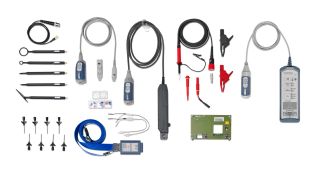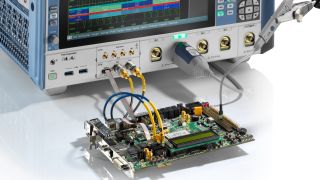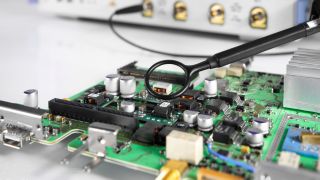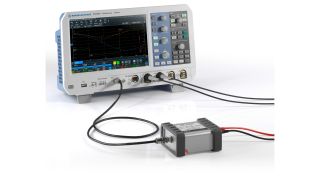R&S®Essentials | Digital oscilloscope fundamentals
How zero blind time revolutionizes how you debug
Paul Denisowski, Test & measurement expert
Debugging can be a real pain - it's a long process that can frustrate even the most patient engineers. It can also become extremely costly if design errors stay unnoticed. The oscilloscope is a principle debugging tool in many fields of applied and natural science, but not all oscilloscopes are created equal.
A scope with a short blind time is especially valuable, as it can help ensure that you don't miss any important signals during your debugging process. By minimizing the probability of lost events, an oscilloscope with a short blind time makes debugging less stressful and more efficient.


















